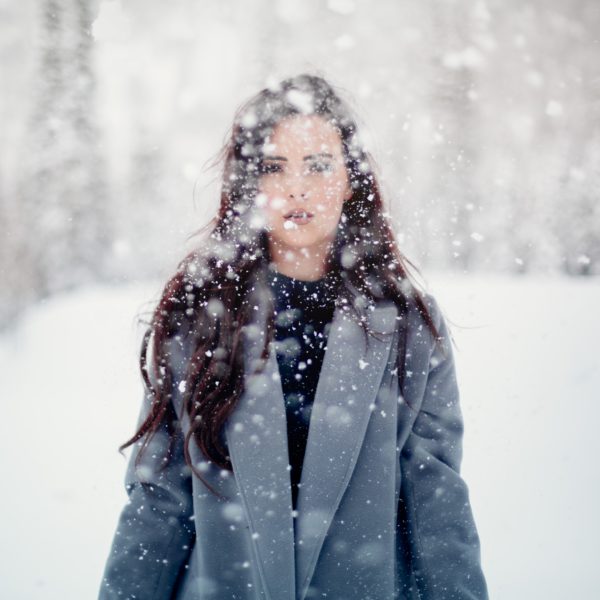By mid-winter, you may be looking back at the end of the past summer with longing. Perhaps you remember the energy and sense of contentment you had from long hours of sunshine. You remember waking up with the sun. You remember daylight stretching well into the evening.
Depending on how far north you live, you might have even gone to bed before the sunset. Chances are you enjoyed more outdoor time with pleasant weather before winter returned.
Now, you feel sluggish and gloomy. You don’t feel like you did last summer. You’re tired of darkness and the short days.
If this sounds familiar, you may be experiencing Seasonal Affective Disorder (SAD).
What Is SAD?
As the name implies, SAD occurs as the hours of sunlight shrink during the winter season. The amount of sun we receive affects our circadian rhythms. Our sleep/wake cycles and our energy is also strongly tied to the sun’s hours.
Also, the lack of sun can cause decreased amounts of the hormones melatonin (sleep) and serotonin (good mood). Consequently, when the sun isn’t around as much, our bodies often respond in kind. Some symptoms of SAD include:
1. Fatigue
Many people with SAD notice their energy lagging in the winter months. Managing all of life’s responsibilities feels harder. The tasks you easily checked off earlier in the year are now neglected or put off. You feel overwhelmed by things that need to be done and just want to rest. You don’t have the stamina for what you did only a few months prior.
2. Sleep Issues
Related to fatigue is a change in sleeping habits with SAD. You may yearn for your bed in a way you didn’t during the spring and summer. You find yourself struggling to get up in the mornings. The hours of sleep you need per night may have increased. If humans could hibernate, you would. Occasionally, people experience the opposite and struggle with insomnia.
3. Mood
While your mood in the summer may have been as cheerful and bright as the sunshine, now it matches the darkness that settles in the late afternoon. People, even family, and close friends irritate you more than they once did. You have a hard time laughing. You’ve lost interest in hobbies or activities.
4. Withdrawal
Given the presence of fatigue and lowered mood, it also makes sense that you may want to avoid people and places when you have SAD. For example, maybe you’d rather stay home and go to bed early than deal with going out in the cold and dark to meet friends.
You withdraw from the social groups and activities you once belonged to. Where you once looked forward to dinner parties or a night on the town, now you feel exhausted and irritable about such events.
5. Appetite Changes
Many people with SAD experience increased cravings for carbohydrates in the winter. You may find yourself eating more than usual and, as a result, gaining weight. While some people experience a loss of appetite and weight, SAD seems to stimulate the need for comfort food.
You may notice that these five signs are very similar to the symptoms of depression. Mainly because SAD itself is a type of depression. But even though winter may be long, you don’t have to let SAD color your life. Lightboxes, medication, and therapy are all potential treatments for SAD. Checking your vitamin levels (especially for D) is also essential.
—
If you think you’re struggling with SAD (or depression in general), I encourage you to reach out and call us. We specialize in helping people find a way to move beyond SAD and enjoy life even during the dark months.
To find out more about our services click here.
New Perspective Counseling is a group practice dedicated to emotional wellness and healing. Our caring therapists provide psychotherapy, individual counseling, marriage counseling and family counseling in our Highland, Michigan office. We are located conveniently near Milford, White Lake, Commerce Township, Holly, Hartland and Brighton, Michigan.


